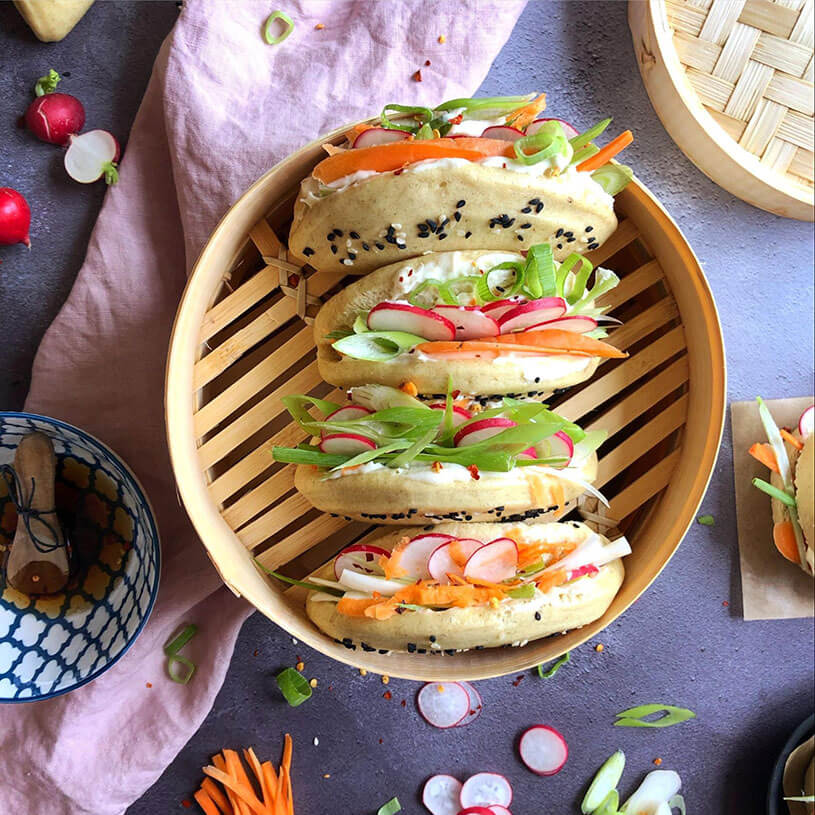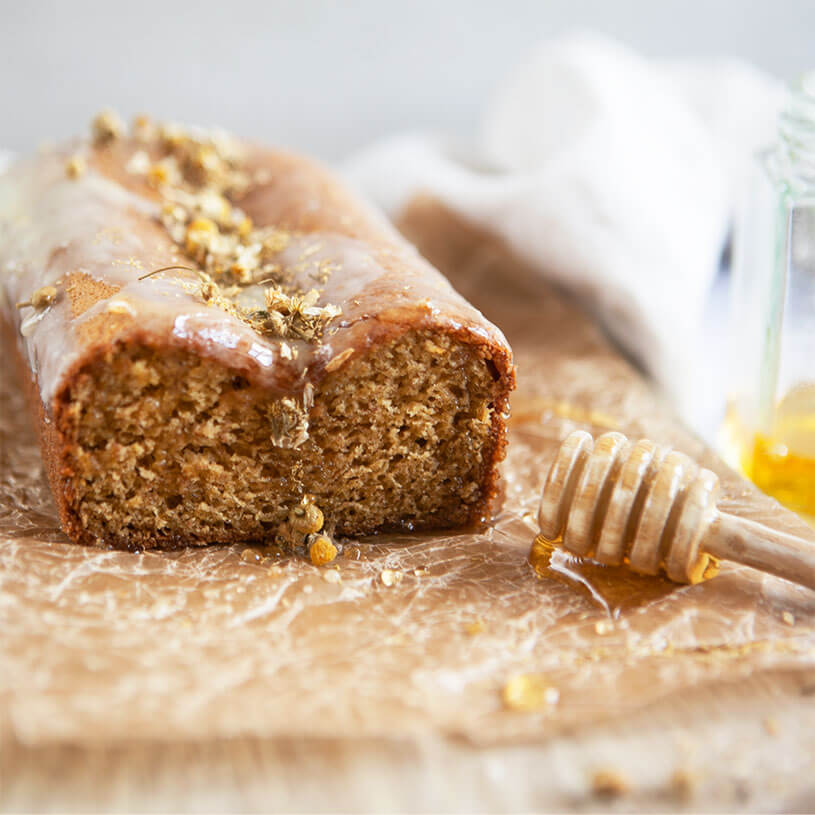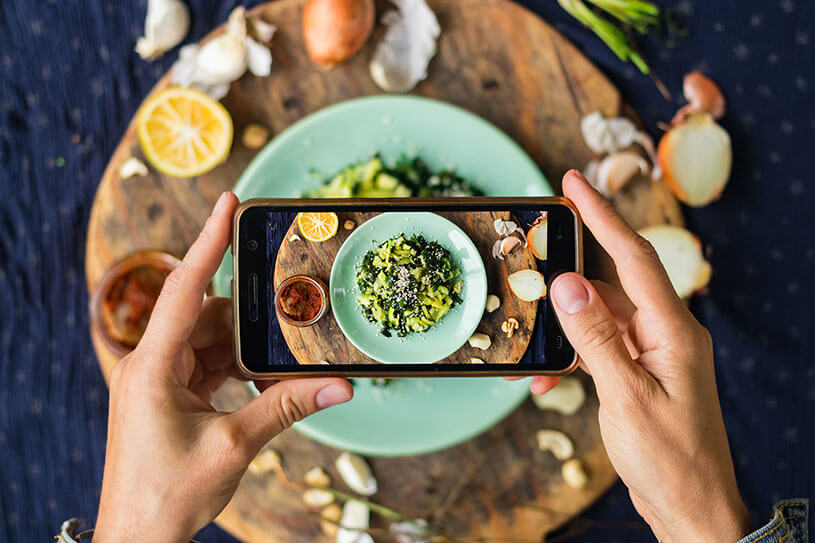We’re told not to judge a book by its cover, but sometimes we can’t help it. If you’re a small business owner in the food and hospitality sector making delicious food, people are going to judge your food on how it looks before they get a chance to taste it. So how can you make it look its best?
In this digital age, social media marketing has never been more important. Whether you’re a chef, restaurant owner, or food truck business, we’ll teach you how to take the best photos of your delicious creations.
What is food photography?
Food photography is all about taking the best possible photos of food. Every type of photography (whether it be portrait, travel, or wildlife) has different goals and different rules to follow.
When taking pictures of food your photos should be engaging, represent your brand, and stand out from the competition. You don’t only want to make sure your food looks good enough to eat – but also make the entire dining experience seem enjoyable.
Four food photography tips
You don’t have to be a professional photographer to take your own photos. If you’re a small business and don’t have a whole creative marketing team on hand to help out, this is a great way for you to get involved.
Whether you sell the tastiest tacos, mouthwatering cakes, or the juiciest burgers, our guide to food photography for social media will help you show your online audience how delicious they are. Visual-based platforms like Pinterest and Instagram are a great place to start.
1. Don’t splurge on professional equipment
Nowadays a basic smartphone is all you need to take great pictures. Whether you’re documenting your latest holiday or snapping a quick picture of your loved ones, we all have experience using our phone cameras. The latest smartphones have great quality cameras which can capture all the loving details you put into your food.
2. Simple editing goes a long way
You also don’t have to invest in expensive editing software to make your photos look great. Most smartphones, tablets, and computers have built-in basic editing tools which allow you to tweak and crop images as you need. You’ll be able to brighten, adjust shadows, and crop images without spending money on professional programmes.
3. Lights, camera, action
One of the most important things about photography is the lighting. This can transform any image and make your space seem more inviting. But you don’t have to splurge on a set of expensive lights as long as you make the most of natural lighting. Try and take your photos in daylight or by a window, as well as avoiding shadows.
If you don’t want to rely fully on natural light, a reflector is an affordable piece of equipment which can make all the difference. Whilst a reflector doesn’t create artificial light, it does redirect natural light and eliminate shadows – giving you more control over the lighting in your image.
You can even make your own reflector out of equipment you probably have in your workspace. Aluminium foil on cardboard is a great DIY version to play around with as you start out.
4. Think about the background
Whilst the star of the show is the food you’re featuring, the background of your image can be just as important in creating an enticing dining environment. Using backgrounds or backdrops can make your photos look more professional – which is great when you’re trying to build the integrity of your brand.
The backdrops you use can really help to develop a strong brand. Think about what the tone or vibe of your business is. If you’re going for a more rustic feel, you might want to use wood in your images. Meanwhile, a trendy industrial environment may lean more towards metals. And a softer, more natural business could incorporate flowers and nature. Think about the brand you want to build and go from there.
Photo boards and cardboard backgrounds are often used in product photography. They’re inexpensive, interchangeable, and lightweight – making them a great investment for your marketing strategy. If you don’t want to buy anything new just yet, or are still playing around with ideas, you can even use the furniture and backdrops available in your business.

Photograph: Laura Davies
Food photography ideas
Now that you’ve got the basics down, it’s time to think about some ideas to really enhance your food photography for social media. We asked food photographer and Internal Community Manager at Simply Business Laura Davies for her advice.
Try a triangle
When you’re thinking about how to incorporate backgrounds and props in your images, you don’t want to take any focus away from your delicious food. Using too many items in an image can be distracting, but too little can make the shot seem empty. Laura recommends you use three items.
On composing your perfect shot, Laura says: “Concentrating items in three areas to create a triangle shape can help lead the eye across the image and focus on what you want it to. Play around with this in different ways, moving where you’d like the focus to be. This also creates some free space in an image, which can be really effective.”
The human touch
Although the focus of your images will be the items on your menu, you also want to sell the dining experience. On bringing people into your food photography, Laura says: “It can be easy to forget when producing beautiful images that sometimes what really sells a product is seeing how it interacts with us as humans.
“This could come through as holding or using the product – or maybe just humans in the background. This is a really overlooked but easy way to make your product photography more realistic, relatable, and warm.”
Think texture
Although photos are visual, they have the ability to awaken our other senses. When it comes to food photography, you want your audience to not only look at your images but to imagine what your food tastes, smells, or feels like. Whether this is a carefully drizzled sauce on a burger or a perfectly crumbling brownie – you want to entice your audience to try your creations.
Laura says: “Using a variety of textures in your props can be an easy way to invoke more personal reactions to your shots. Perhaps this is the use of something tactile like burlap or canvas on a backdrop, or maybe it’s a cosy and soft napkin – the contrast can be really useful and keep images interesting too.”

Photograph: Laura Davies
How to get into food photography
There are many ways you can include food photography in your business’s marketing strategy. Whilst you could hire a freelance digital marketing expert or photographer to help out, it’s something you can easily add into your working day. The next time you bake a delicious cake for your bakery or experiment with new recipes for your food truck, spend some time afterwards documenting your achievements.
You can then post your photography on your company website or social media channels. Captions can be whatever you want them to be – from documenting your progress, sharing business updates, or offering discounts to your followers.
Should you take a food photography course?
You don’t need any specific qualifications to be a food photographer – especially for your own business. If studying a food photography course is something you’re personally interested in, online lessons are available. However, it’s definitely a practical skill you can learn through trial and error. Don’t be afraid to give it a go and get started.
Have you tried your hand at food photography in your marketing? Send us a link in the comments.
More guides for small hospitality business owners
- How to get a 5 star food hygiene rating
- Allergen information – food labelling regulations for small businesses
- Best tools for social media management – compared for small businesses
- What type of business insurance do I need?
Ready to set up your cover?
As one of the UK’s biggest business insurance providers, we specialise in public liability insurance and protect more trades than anybody else. Why not take a look now and build a quick, tailored quote?
Photograph: Viktor Kochetkov/stock.adobe.com
